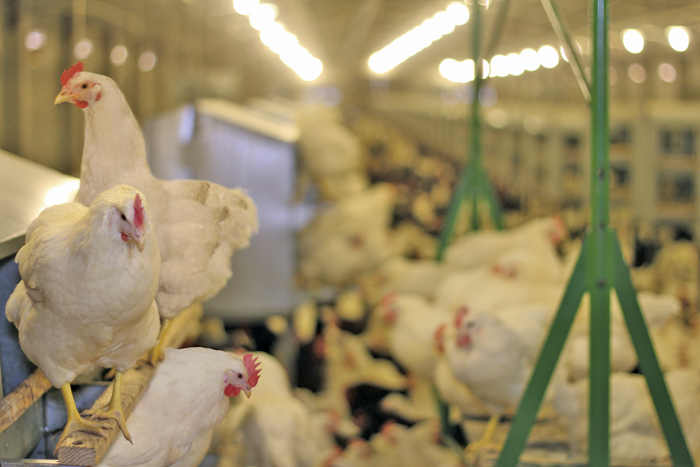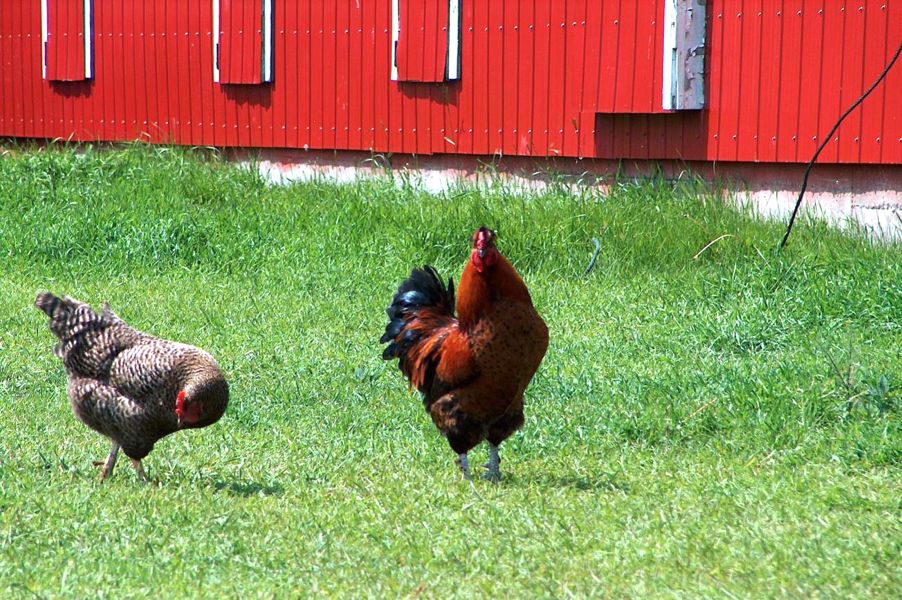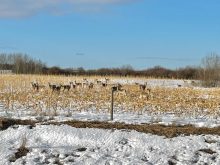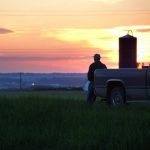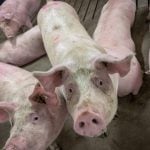There’s a proposal to declare a new man-made geological period to be dubbed the “Anthropocene” in recognition of human influence.
Research by scientist Carys Bennett of the University of Leicester suggests breeding and consumption of modern broiler chickens signals the shift.
“As the most numerous terrestrial vertebrate species on the planet, with a biology shaped by humans, modern chickens are a symbol of our changed biosphere,” Bennett said.
Modern broiler chickens are identifiable from their ancestors because of their changed biology, and are the kind of data paleontologists recognize when looking for evidence of biological changes in the environment, Bennett said.
Read Also

Finally getting paid for sustainable farming?
Alberta project says they might have a line on a workable ecosystem credit model to reward farmers for sustainability, and Manitoba might be next
Co-author Mark Williams, professor of paleobiology, University of Leicester said: “These chickens are an artificially evolved new ‘morphospecies,’ the kind of thing paleontologists recognize, that reflect a biosphere unrecognizable from its pre-human state and now dominated by human consumption and resource use.”
The research involved comparing standard supermarket chickens, of which there are now approximately 23 billion in the world at any one time, with the bones of their ancestors dating back to Roman times.
The skeleton, bone chemistry and genetics of broiler chickens, which only survive their six-week lifespan due to the highly technologically controlled conditions of modern farms, are radically different to their ancestors.
They differ in body shape, bone chemistry and genetics and are “unrecognizable from wild ancestors” and anything in the archeological record.



